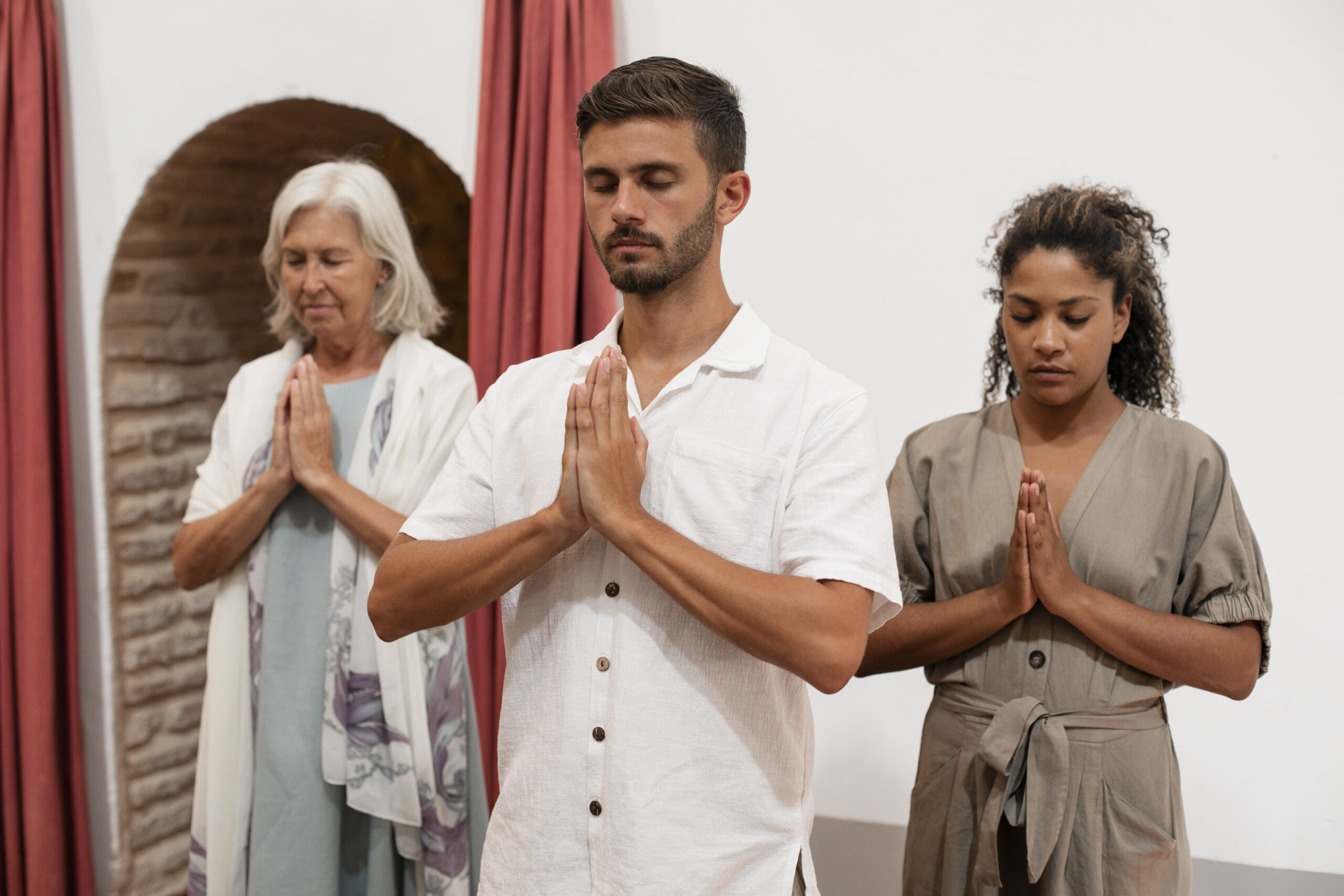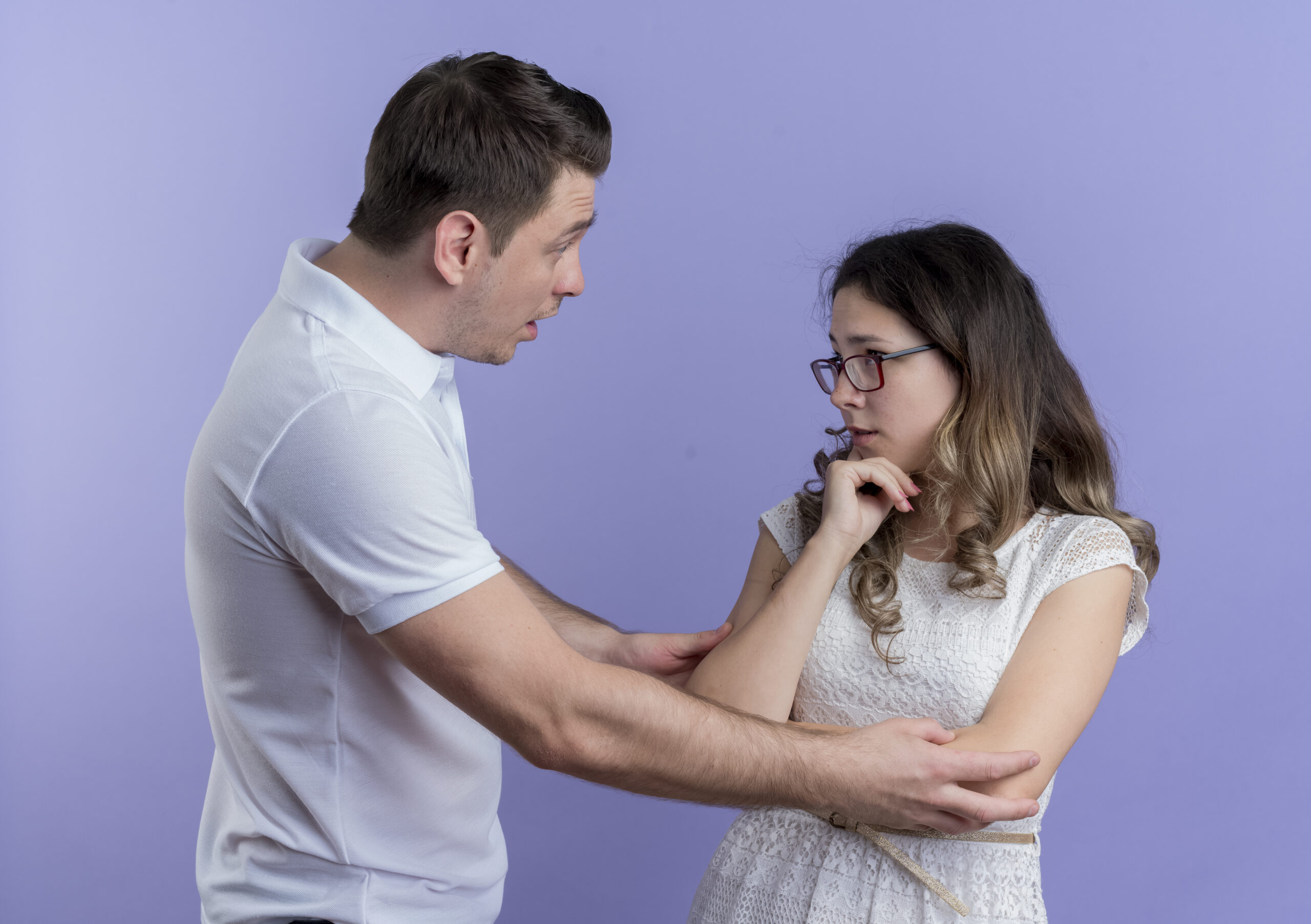Religious Trauma in Los Angeles | Dr. Harel Papikian
Living With Old Wounds in a City of Reinvention
A young woman in her thirties, born and raised in the San Fernando Valley, once told me:
“I walked into a grocery store in Echo Park, and they were playing an old hymn I grew up hearing in church. Suddenly, I felt dizzy. My chest was tight, my hands were sweaty, and I had to step outside. It’s been years since I left that world, but it still feels like it’s part of me.”
This is what religious trauma looks like for many Angelenos—it’s not always about visible scars. Sometimes, it’s the racing heartbeat, the avoidance of community spaces, or the invisible shame that lingers long after leaving a religious environment.
A 2017 Journal of Psychology and Theology study found that nearly 30% of people raised in strict religious households carry long-lasting emotional distress, often resembling symptoms of post-traumatic stress disorder (PTSD). And here in Los Angeles—a city that thrives on diversity, reinvention, and spiritual exploration—religious trauma quietly touches more lives than many realize.
What Is Religious Trauma?

Religious trauma is the psychological, emotional, and even physical harm caused by controlling, fear-based, or shame-driven religious experiences.
It’s not about rejecting faith itself. Many people still value aspects of their tradition. Instead, trauma forms when religion is used in ways that undermine self-worth or make love and belonging conditional.
Common messages that cause long-term damage include:
- “You’re sinful unless you follow every rule.”
- “God will punish you if you doubt.”
- “Your worth depends on obedience, not who you are.”
Even years later, those messages can echo in daily life. For instance, a person in Los Angeles may avoid joining a meditation circle in Venice because it feels too similar to group prayer. Or they might feel guilty pursuing an acting career in Hollywood because creativity was once labeled “worldly” or “selfish.”
The Connection Between Religious Trauma and Attachment Trauma
Religious trauma doesn’t exist in isolation—it often overlaps with attachment trauma from childhood.
Attachment trauma develops when a child grows up without consistent emotional safety. In religious households, this can look like:
- Affection offered only when the child “behaved righteously.”
- Emotional struggles dismissed with “pray harder” or “have more faith.”
- Love tied to compliance rather than acceptance.
The lesson absorbed is simple but damaging: “I am only lovable if I meet expectations.”
Later in life, these early messages often shape attachment styles:
- Avoidant attachment: Keeping distance to avoid criticism, judgment, or rejection.
- Anxious attachment: Clinging to others, fearing abandonment, or constantly seeking reassurance.
Avoidant Attachment and Childhood Trauma

Among my clients in Los Angeles, one of the clearest patterns I see is the link between avoidant attachment and childhood trauma caused by religious environments.
When children learn that vulnerability invites shame or punishment, they protect themselves by shutting down emotionally. As adults, this often looks like:
- Distrusting intimacy with partners.
- Struggling to share needs or feelings.
- Pulling away when someone gets “too close.”
In Los Angeles, these patterns surface in very real, daily ways:
- During dating in Silver Lake, you might end relationships quickly when emotional depth grows.
- As a parent in Burbank, your child’s outburst may trigger the same discomfort you felt as a child, leaving you unsure how to respond.
- At work in Downtown LA, you may avoid team collaborations because relying on others feels unsafe.
Avoidant attachment is not a character flaw—it’s a learned survival strategy. But left unaddressed, it can keep people from building the relationships and communities they long for.
A True Los Angeles Story: When Religion and Control Collide
Religious trauma isn’t a distant or abstract idea—it’s happening right here in our city.
In recent years, Shekinah Church International in Tujunga and its pastor, Robert Shinn, came under scrutiny after families of young TikTok dancers accused the group of religious and financial control. Many reported being cut off from their loved ones, pressured into obedience, and made to feel their worth was tied to compliance.
The situation was so serious that Netflix released a documentary in 2024 titled Dancing for the Devil: The 7M TikTok Cult. It showed how religious language and promises of purpose could be used to control identity, careers, and relationships—all while leaving long-lasting emotional scars.
While this may sound extreme, the underlying dynamics are familiar: authority figures using guilt and fear to control, leaving members with trauma that persists long after leaving the group. I hear similar echoes in the stories of clients across Los Angeles—different details, same wounds.
How Religious Trauma Shows Up in Daily Life in Los Angeles

Even outside of extreme cases, the impact of religious trauma weaves itself into daily routines in LA:
- Relationships: Difficulty trusting partners, shutting down during conflict, or fearing judgment in intimacy.
- Parenting: Worrying about passing down old cycles of shame, or not knowing how to raise children without rigid rules.
- Career Choices: Feeling guilty about pursuing creative or unconventional paths, even in industries like film, music, or design where innovation thrives.
- Community: Hesitating to join new groups, support circles, or spiritual gatherings out of fear they’ll mirror old patterns.
Even in a city known for freedom and diversity, these internal struggles can quietly shape everyday decisions.
Practical Steps Toward Healing in Los Angeles
Healing from religious trauma isn’t about rejecting everything from the past—it’s about building a healthier, freer present. Over time, I’ve seen clients make progress through practical, step-by-step approaches:
1. Talk It Through
Therapy provides a space to name and examine the hidden rules that still shape your life. Many people are surprised to realize how deeply childhood messages continue to influence their choices.
2. Build Safe Circles
Healing requires connection. In LA, there are ex-faith meetups, trauma recovery groups, and support circles where people share similar journeys. Even forming one safe friendship where you can be honest makes a big difference.
3. Reconnect With Your Body
Trauma lives in the body. Activities like hiking Griffith Park, yoga in Santa Monica, or simply practicing slow breathing at home can reduce anxiety and help you feel grounded in the present.
4. Test Old Beliefs
When guilt or fear surfaces, ask: “Is this my belief—or one I inherited?” Writing, setting boundaries, or replacing “I should” with “I choose” are powerful tools for rewriting your story.
5. Start Small
Healing doesn’t happen overnight. It’s not about dramatic breakthroughs but consistent steps—like sharing a vulnerable truth with a friend, trying a new activity without guilt, or practicing saying “no” when something doesn’t feel right.
Why Addressing Religious Trauma Matters in Los Angeles
Los Angeles is a city of reinvention. People move here for careers, dreams, and communities. But if you’re still carrying wounds from religious trauma, attachment trauma, or avoidant childhood patterns, those invisible weights can hold you back.
I’ve worked with many Angelenos who thought their struggles were about relationships, work, or stress. Over time, they realized the roots stretched back to rigid childhood messages about worth, obedience, and fear. Once those patterns were named, change became possible—not overnight, but steadily.
Addressing these issues matters because unresolved trauma doesn’t just stay in the past—it shapes your present and limits your future.
Final Thoughts
Religious trauma is real, and in Los Angeles it often hides behind busy schedules, creative pursuits, or constant reinvention. But underneath, many share the same struggles: guilt, avoidance, mistrust, or fear of never being enough.
By recognizing how religious trauma, attachment trauma, and avoidant attachment from childhood intertwine, you can begin to make sense of repeating patterns and take steps toward freedom.
Healing doesn’t mean rejecting your past. It means building a present where you decide your values, your relationships, and your path forward.
“I’m Dr. Harel Papikian, and I offer trauma therapy for individuals and couples in Los Angeles who want practical tools to understand their patterns, rebuild trust, and move toward healthier lives. If you see yourself in these words, know that the first step is not about ‘fixing’ yourself—it’s about beginning the process of reclaiming your story.”

Leave a Reply